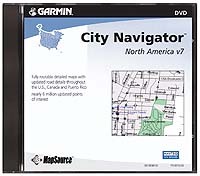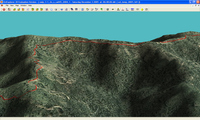Two websites integrating topo maps with Google Maps recently came to my attention. The first is Topographs.com, which I discovered via Groundspeak. The other is BackcountryMaps.com, found via Google Maps Mania. I haven’t had a lot of time to explore these, but these are my initial impressions:
Topographs allows you to add GPS tracks, though not directly. But it is SLOW. At least it is on my computer. BackcountryMaps is faster, but there appears to be no GPS interface.
Related posts:
- Topographic maps in Google Earth
- Converting Google Maps data to GPS waypoints
- Google Maps and Google Earth — Where are the topos?
Technorati tags: GPS, Google Maps, topo

 This is a common question — which should I buy for my Garmin GPS,
This is a common question — which should I buy for my Garmin GPS,  Yesterday morning there was an
Yesterday morning there was an  In this, the latest in our
In this, the latest in our 